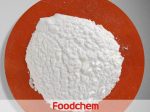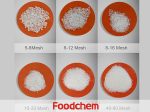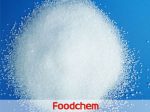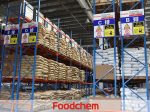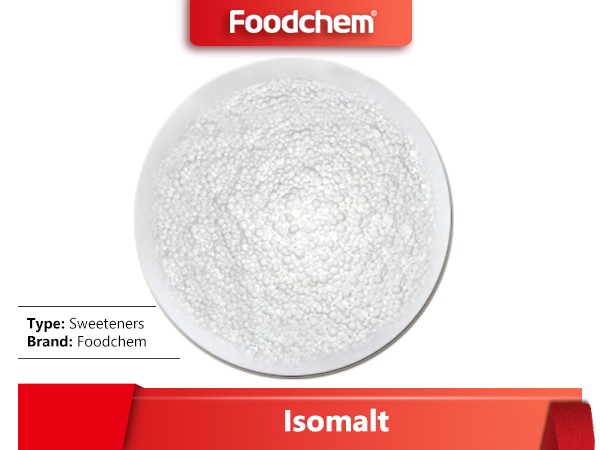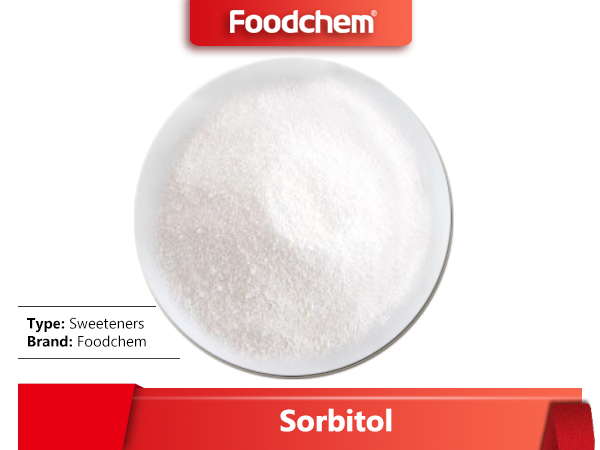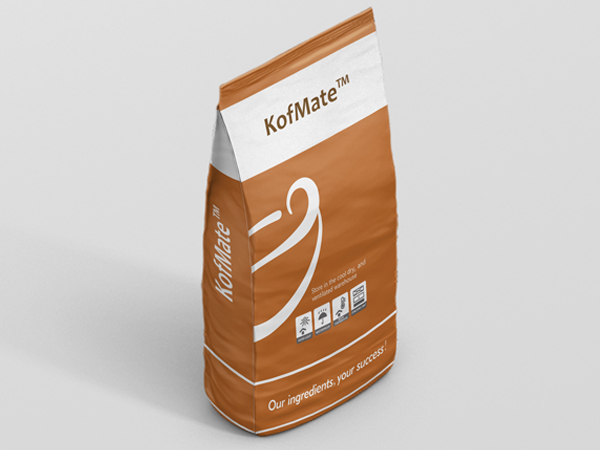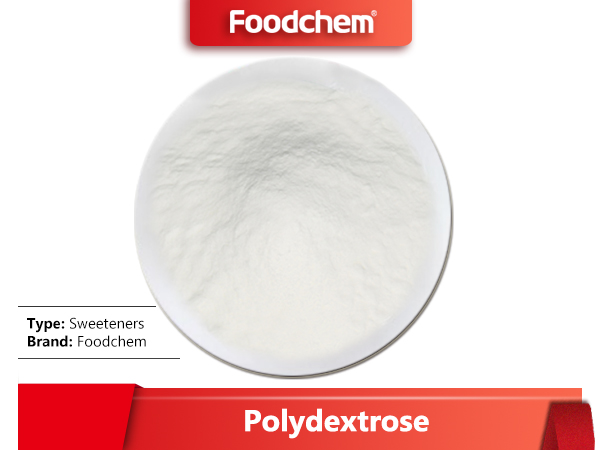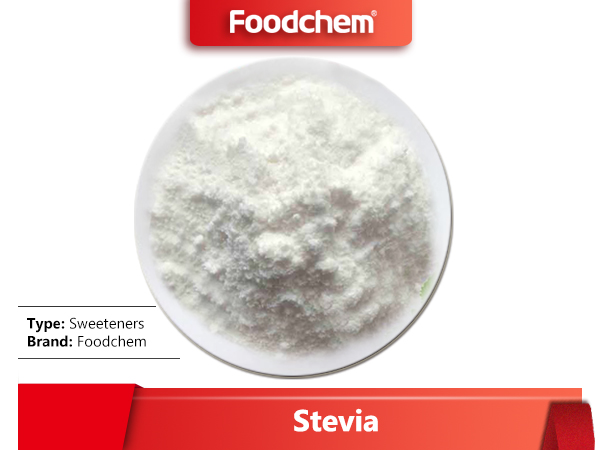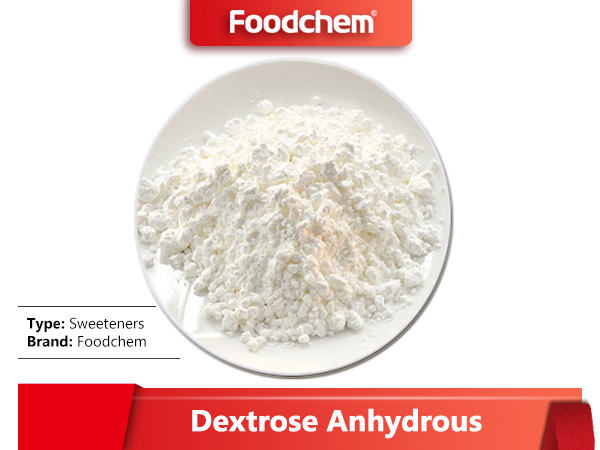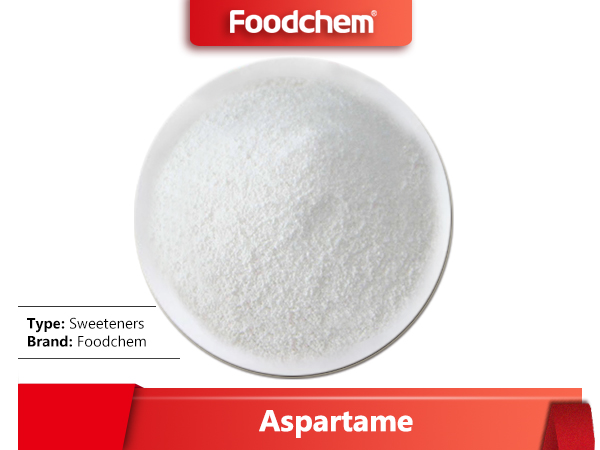Descripción
Sodium Saccharin was first produced in 1879 by Constantin Fahlberg, who was a chemist working on coal tar derivatives at the Johns Hopkins Univers Sodium saccharin.
Throughout his research he accidentally discovered Sodium saccharins intensely sweet flavor. In 1884, Fahlberg applied for patents in several countries as he described methods of producing this chemical, which he called saccharin.
It is white crystal or power with inodorous or slight sweetness, easily soluble in water.
Its sweetness is around 500 times sweeter than that of sugar.
It is stable in chemical property, without fermentation and change of color.
To be used as a single sweetener, it tastes a little bitter. Normally it is recommended to be used along with other Sweeteners or acidity regulators, which could cover the bitter taste well.
Among all sweeteners in the current market, Sodium Saccharin takes the lowest unit cost calculated by unit sweetness.
So far, after used in food field for more than 100 years, sodium saccharin is proved to be safe for human consumption within its proper limit.
Sodium Saccharin only truly became popular during the sugar shortages throughout World War I, even though Sodium saccharin was launched to the public shortly after Sodium saccharins as food sweeteners discovery. Sodium saccharin became even more popular throughout the 1960s and 1970s .Sodium saccharin dieters as sodium saccharin is a calorie and colesteral free sweetener. Sodium saccharin is commonly found in restaurants and grocery stores in pink pouches under the popular brand "SweetN Low". A number of beverages are sweetened Sodium saccharin , the most popular being Coca-Cola, which was introduced in 1963 as a diet cola soft drink.
Especificación
| ITEM | STANDARD |
| Identification | Positive |
| Melting point of insolated saccharin ℃ | 226-230 |
| Appearance | White crystals |
| Content % | 99.0-101.0 |
| Loss on drying % | ≤15 |
| Ammonium salts ppm | ≤25 |
| Arsenic ppm | ≤3 |
| Benzoate and salicylate | No precipitate or violet color appears |
| Heavy metals ppm | ≤10 |
| Free acid or alkali | Complies with BP /USP/DAB |
| Readily carbonizable substances | Not more intensely colored than reference |
| P-tol sulfonamide ppm | ≤10 |
| O-tol sulfonamide ppm | ≤10 |
| Selenium ppm | ≤30 |
| Related substance | Complies with DAB |
| Colorless clear | Color less clear |
| Organic volatiles | Complies with BP |
| PH value | Complies with BP/USP |
| Benzoic acid-sulfonamide ppm | ≤25 |
FAQ
1, What kinds of certificates can you offer?
Foodchem is an ISO2008 9001 certified company, as for Sodium Saccharin, we can offer HAPPC, KOSHER, HALAL Certificates, ect.
2, Is Foodchem a manufacturer or just a trading company?
Foodchem is both manufacturer and trading company, we are Sodium Saccharin distributor, at the same time, we are manufacturer of other products.
3, What is the Min Order Quantity of Sodium Saccharin?
Different products have different MOQ, for Sodium Saccharin, the MOQ is 500kg.
4, What is the price of Sodium Saccharin?
Foodchem is a famous supplier and manufacturer of Sodium Saccharin in China, and has been corporate with many Sodium Saccharin suppliers for several years, we can provide you with cost-effective Sodium Saccharin.
5, How long shall we wait for your reply?
We can guarantee to reply your inquiries of Sodium Saccharin in less than 24 hours in working days.
6, What kinds of transportation types can you provide?
Our main transportation methods include air transportation, land transportation and water transportation.
7, What kinds of payment terms can you accept?
The most commonly used payment terms are T/T, L/C, D/P, D/A, etc.
8, How long will I receive my good?
Foodchem has its own EDC warehouse in Shanghai, when your purchase order has been confirmed, inventory products will deliver within 1 week, other products delivery in 2 weeks.

